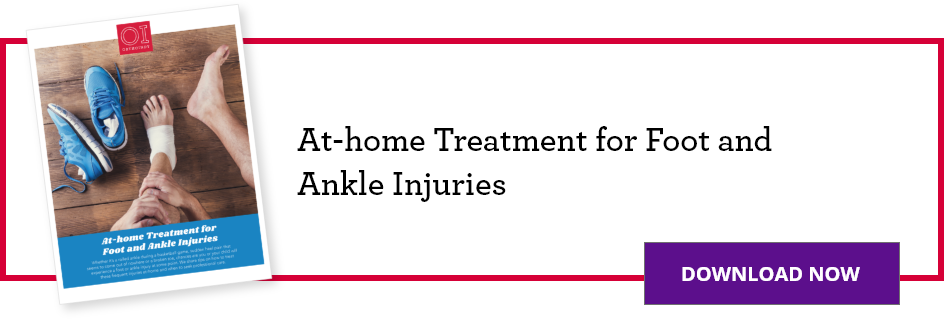THIS POST IS PART OF THE ULTIMATE GUIDE TO SPORTS MEDICINE AND THE ULTIMATE GUIDE TO FOOT AND ANKLE INJURIES
The most common cause of pain on the bottom of the heel, plantar fasciitis occurs when the strong band of tissue that supports the arch of the foot becomes irritated and inflamed.
Anatomy
The plantar fascia is the long, thin ligament that supports the arch of the foot and lies directly beneath the skin on the bottom of the foot. Plantar fascia absorbs the high stresses and strains we place on our feet.
What causes plantar fasciitis?
Pain usually develops when too much pressure on the bottom of the feet damages or tears the plantar fascia tissues. This results in inflammation, heel pain and stiffness.
Most commonly it develops without a specific reason. However, obesity, tighter calf muscles, a high arch, repetitive impact activities such as running, or new activity may play a role in the likelihood of it developing.
Symptoms
- Pain on the bottom of the foot near the heel
- Pain with the first few steps after a long period of rest, such as a car ride or after a night of sleeping
- Greater pain after exercise or activity.
Physician examination
Your physician will ask you for a complete medical history, have you describe your symptoms and conduct a physical examination. An X-ray or MRI may be necessary to rule out other problems.
Make an appointment with an foot and ankle specialist at OrthoIndy
Plantar fasciitis treatment
Nonsurgical options include:
- Rest
- Ice
- Anti-inflammatory medication such as ibuprofen
- Plantar fasciitis exercises
- Taping the foot
- Cortisone injections
- Orthotics
- Night splints
- Physical therapy
In extreme cases, when nonsurgical options have not provided relief after 12 months, surgery may be considered. Your orthopedic physician will determine the best course of treatment for you. Surgery generally consists of a release of a portion of the plantar fascia to decrease the pull on the plantar fascia.

Recovery
The majority of cases can be treated without surgery and symptoms will go away within 12 months. If surgery is necessary, it takes several months for pain to completely resolve afterwards.
Learn more about foot and ankle treatment at OrthoIndy.
Schedule an appointment
Your well-being is important to us. Click the button below or call us to schedule an appointment with one of our orthopedic specialists. If your injury or condition is recent, you can walk right into one of our OrthoIndy Urgent Care locations for immediate care. For rehabilitation and physical therapy, no appointment is needed to see one of our physical therapists.





